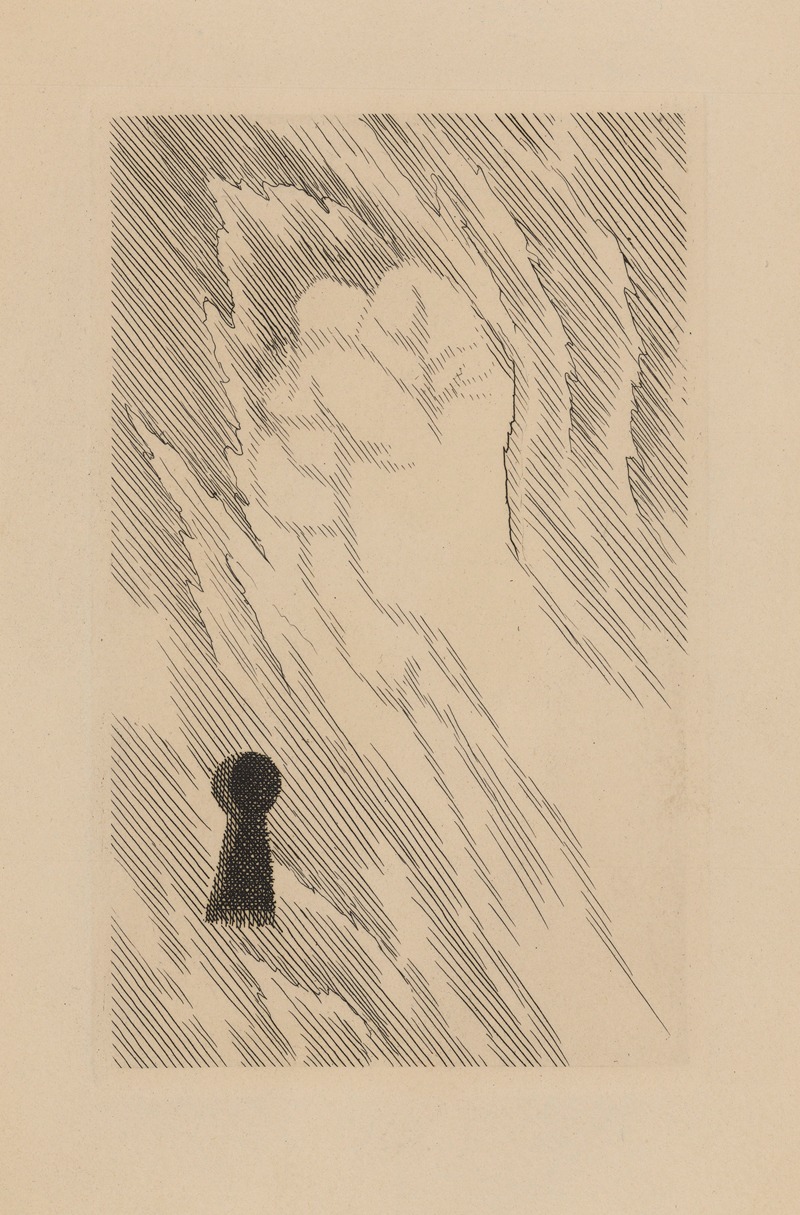
Le Voyageur
A hand-painted replica of Louis Marcoussis’s masterpiece Le Voyageur, meticulously crafted by professional artists to capture the true essence of the original. Each piece is created with museum-quality canvas and rare mineral pigments, carefully painted by experienced artists with delicate brushstrokes and rich, layered colors to perfectly recreate the texture of the original artwork. Unlike machine-printed reproductions, this hand-painted version brings the painting to life, infused with the artist’s emotions and skill in every stroke. Whether for personal collection or home decoration, it instantly elevates the artistic atmosphere of any space.
Louis Marcoussis was a Polish-French painter and engraver associated with the Cubist movement. Born Ludwik Kazimierz Wladyslaw Markus in Warsaw in 1878, he later adopted the name Louis Marcoussis after moving to Paris, where he became an integral part of the avant-garde art scene. His work is characterized by its exploration of form and structure, often incorporating elements of still life and portraiture within the Cubist framework.
"Le Voyageur" is one of Marcoussis's notable works, reflecting his mature style that combines Cubist principles with his own unique approach to composition and color. Created during a period when Cubism was evolving and diversifying, Marcoussis's work stands out for its meticulous attention to detail and its subtle interplay of geometric forms.
Marcoussis's art is marked by a distinctive use of muted color palettes, often employing shades of brown, gray, and ochre, which lend his compositions a sense of depth and complexity. In "Le Voyageur," this approach is evident in the way he constructs the image, using overlapping planes and fragmented forms to suggest movement and dynamism. The painting exemplifies his ability to balance abstraction with recognizable imagery, a hallmark of his style.
The title "Le Voyageur," which translates to "The Traveler," suggests themes of journey and exploration, both literal and metaphorical. While the painting does not depict a traveler in a traditional sense, the arrangement of forms and the interplay of light and shadow evoke a sense of movement and transition. This aligns with the broader Cubist interest in capturing multiple perspectives and the passage of time within a single image.
Marcoussis was influenced by his contemporaries, including Pablo Picasso and Georges Braque, who were pioneers of the Cubist movement. However, he developed his own distinct voice within the movement, often incorporating elements of Surrealism and Symbolism into his work. His background in engraving also informed his approach to painting, evident in the precision and clarity of his compositions.
Throughout his career, Marcoussis exhibited widely, gaining recognition for his contributions to modern art. His work was featured in prominent exhibitions, and he was associated with key figures in the art world, including poets and writers who were part of the Parisian avant-garde. Despite his success, Marcoussis remained committed to exploring new artistic possibilities, continually refining his technique and expanding his thematic repertoire.
"Le Voyageur" is a testament to Marcoussis's skill as a painter and his ability to convey complex ideas through the language of Cubism. It reflects his deep engagement with the artistic currents of his time and his commitment to pushing the boundaries of visual expression. Today, Marcoussis's work is celebrated for its innovation and its contribution to the development of modern art, with "Le Voyageur" standing as a significant example of his artistic legacy.





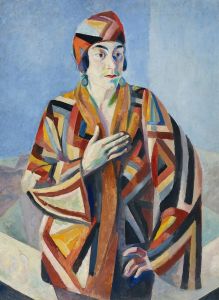
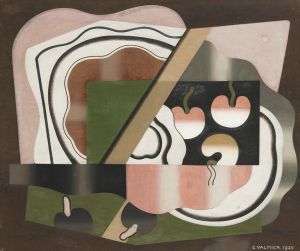
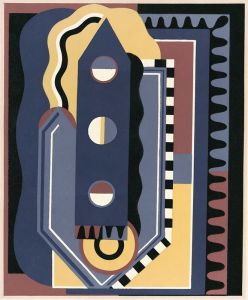
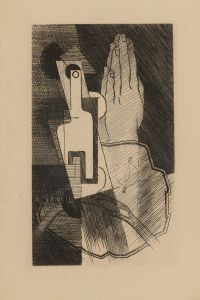
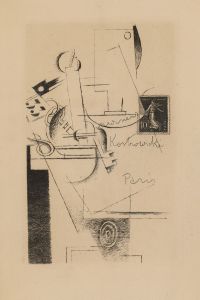
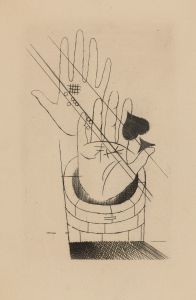
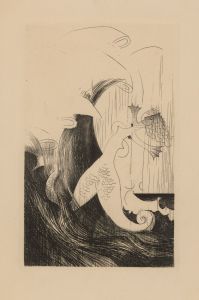

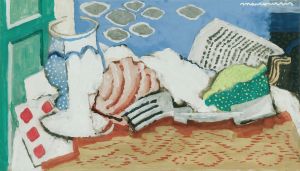
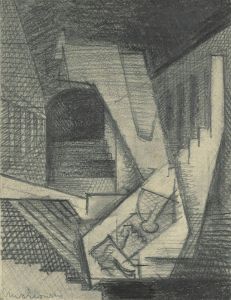
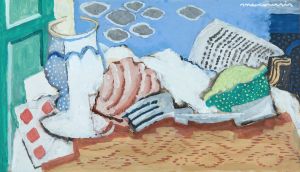
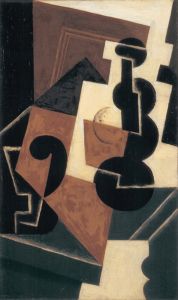
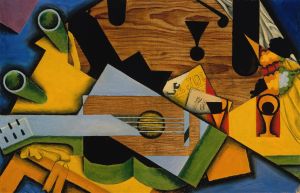
![Graphic design of nude female.] [Cubist composition drawing](/imgs/249427/s/winold-reiss-graphic-design-of-nude-female-cubist-composition-drawing-b6f17b02.jpg)